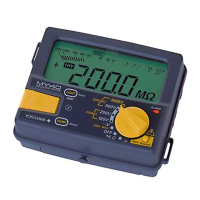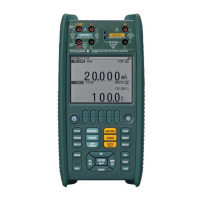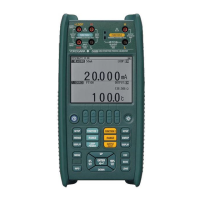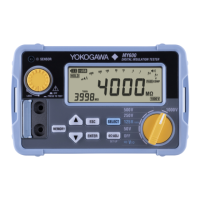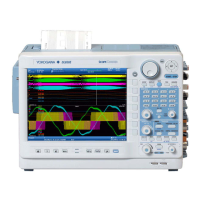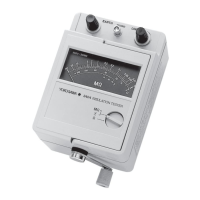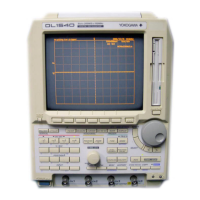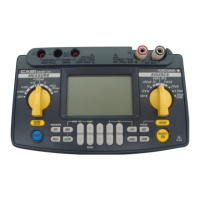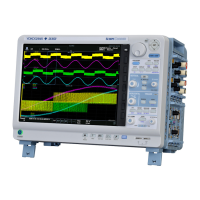Do you have a question about the YOKOGAWA AQ1215A and is the answer not in the manual?
| Wavelength | 1310/1550 nm |
|---|---|
| Display | 5.7-inch color LCD |
| Battery Life | Up to 10 hours |
| Event Dead Zone | 0.8 m |
| Interface | USB, Ethernet |
| Type | OTDR (Optical Time Domain Reflectometer) |
| Input Connector | FC/PC, SC/PC |
| Display Size | 5.7-inch |
| Power Supply | AC adapter, Battery |
Explains the principle of optical pulse measurement using OTDR technology.
Describes how to view measured OTDR data in TRACE and MAP modes.
Details data analysis using cursors, markers, and event information.
Configures measurement parameters: wavelength, distance range, pulse width, attenuation.
Sets analysis parameters: loss thresholds, return loss, pass/fail criteria, approximation methods.
Configures display settings: cursors, markers, approximation lines, zoom direction.
Guides on performing real-time OTDR measurements and monitoring waveforms.
Guides on performing averaged measurements in TRACE mode for waveform analysis.
Explains averaged measurements and viewing results as icons in MAP mode.
Details enabling and displaying pass/fail judgment results on measured data.
Describes event analysis and editing/fixing events in TRACE mode.
Explains event analysis and editing event types in MAP mode.
Details operating cursors and setting various marker types for analysis.
Explains using the light source for loss measurements and fiber identification.
Explains using the Smart Mapper to visualize line configuration and events.
Details saving and loading various file types like SOR, CFG, and MPZ.
Provides solutions for common instrument faults and operational issues.
Lists error codes, messages, and corrective actions for troubleshooting.
